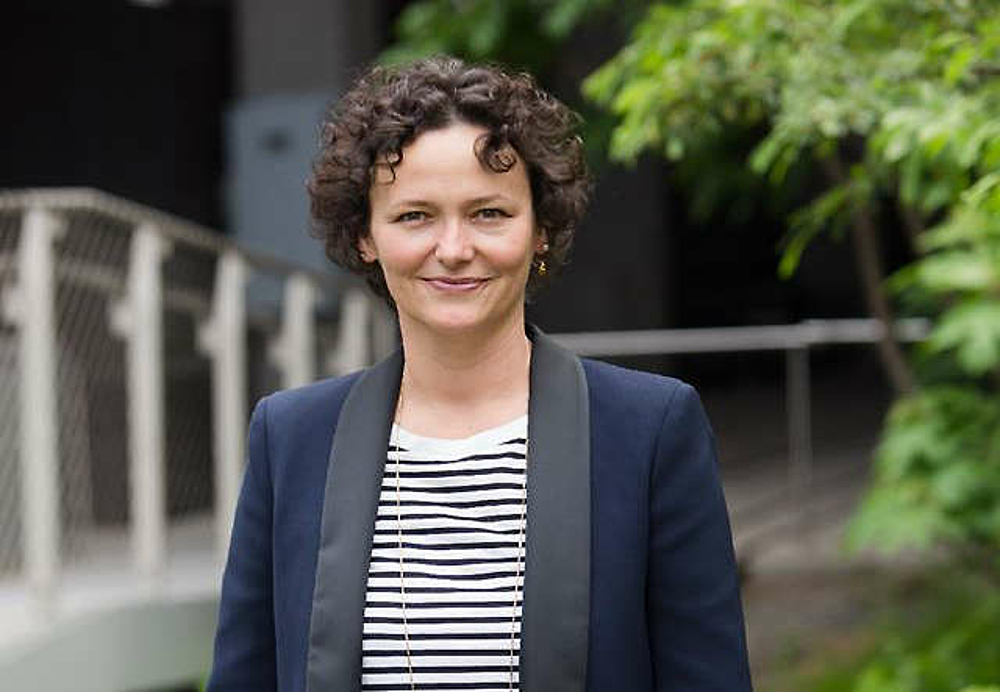On 23 April the curtain will rise on the 59th Venice International Art Exhibition which will continue for about seven months.
It is the first Biennale after the pandemic and it is also the first time that the exhibition is celebrated in an even year following the movement of the Architecture Biennale which has been postponed from 2020 to 2021 and which has therefore ended up creating the effect domino. It will also be the first edition edited by an Italian woman: Cecilia Alemani.
On the strength of her New York experience and of the direction of the Italian Pavilion at the 2017 Biennale, the Milanese curator immediately gave a strong gender imprint to “her” Biennale: out of 213 presences from 58 countries (26 are Italian), 191 are artists and 22 artists; for 180 it is the first time in the Lagoon where over 1400 works and installations will be hosted.
The exhibition will also be accompanied by 80 national participations in the historic Pavilions, the Gardens, the Arsenale and in the historic center of Venice. In this case, 5 countries are present for the first time at the Art Biennale: the Republic of Cameroon, Namibia, Nepal, the Sultanate of Oman and Uganda; then there are the Republic of Kazakhstan, the Republic of Kyrgyzstan and the Republic of Uzbekistan which for the first time are in Venice with their own Pavilion.
The book of collateral artistic events (31 in all) is also very extensive and interesting, as is the program of exhibitions that will take place in Venice during the Biennale. At Palazzo Grassi, for example, since last March 26, the German artist Anselm Kiefer proposes the site-specific installation entitled “These writings, when burned, will finally give some light (Andrea Emo)”, a cycle of paintings that is shown in the Sala dello Scrutinio of Palazzo Ducale, a place where the Doges of Venice were elected, richly decorated with scenes from the city’s heyday.
At the Gallerie dell’Accademia, from 20 April until 9 October 2022, the exhibition of the Indian artist Anish Kapoor is visible. Divided into two locations, the exhibition will bring together ancient and more recent works by the sculptor, including the long-awaited before his work using the “blackest black in the world”.
Further information on the 59th Venice Biennale of art, which will continue until next autumn, can be found at the web address
The post 59th International Art Exhibition in Venice, the curtain rises appeared first on Excellence Magazine.
This content was originally published here.



